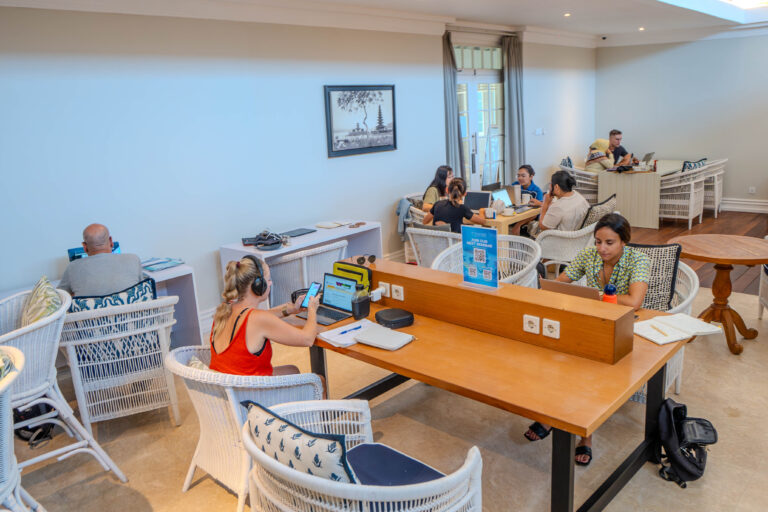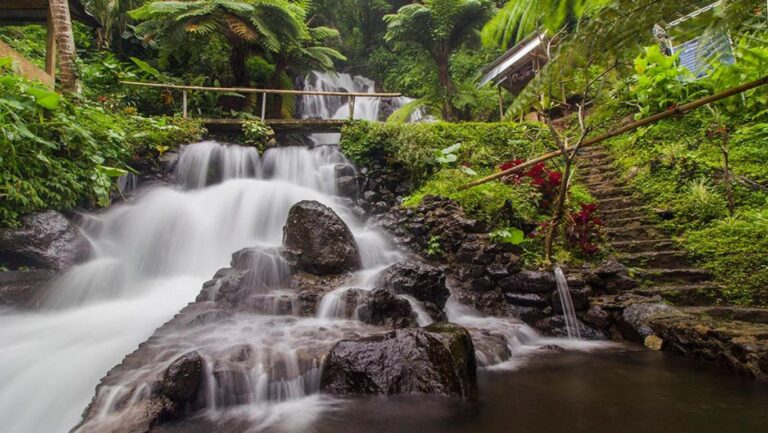What does it really mean to experience Bali like a local? It isn’t only about getting cheap eats and staying in simpler places.
It is all about integrating into the community and exploring Bali with a different perspective, staying off the beaten path, and avoiding tourist crowds.
As we’ve lived on this island for years and made friends with locals, we are here to show you how you can experience Bali like a local, where to stay, what to see and eat, and bring home the best memories!
Summary: How To Explore Bali Like A Local
To have a more authentic travel experience in Bali, closer to how locals see the island, book day trips to East and North Bali and avoid tourist destinations.
Make friends with locals, share laughs, food, and rituals with them to learn first-hand about the Balinese culture and traditions.
Eat at warungs and shop at markets to get not just the best prices, but the best products and experience.
Try to learn the history and use the Indonesian language to communicate. And most of all, keep an open mind and respect the way locals live.
Best Things To Do Like A Local In Bali
1. Explore Balinese Culture

Surely, during your visit to Bali, you will see many stunning temples, from Tanah Lot to Uluwatu Temple with Kecak dance to Heaven’s Gate. Many tourists also participate in the water purification rituals called melasti at temples and waterfalls.
However, there are more ways to get introduced to the local culture.
For example, canang sari workshops (ie at Bali Purma Art & Workshop in Ubud) teach you how to make daily offerings and their meaning.
In fact, you’re more than welcome to make those offerings and make a little prayer at the temple at your private villa. Ask your landowners; they will be happy to explain to you what to “ask for”.
Ceremonies are a huge part of Balinese being, and making friends with locals, you will get invited to them more often – accept the invitation, buy ceremonial attire (it isn’t expensive), and show up with little gifts and an open mind. Observing traditions, you will learn more than on a tour, and, often, completely for free.
Some of the more unique ceremonies you can visit are Mekotek in Munggu village, the Ogoh-Ogoh festival before Nyepi (New Year Night in March) in smaller villages, the tooth-filing ceremony, and Agnihotra fire purification rituals.
Or you can join gamelan or kecak dance classes to see how kids and adults from the village learn it. Those are usually held in the evening, after sunset, at the banjar’s pavilions, and are free of charge.
2. Beautiful Beaches That Locals Love
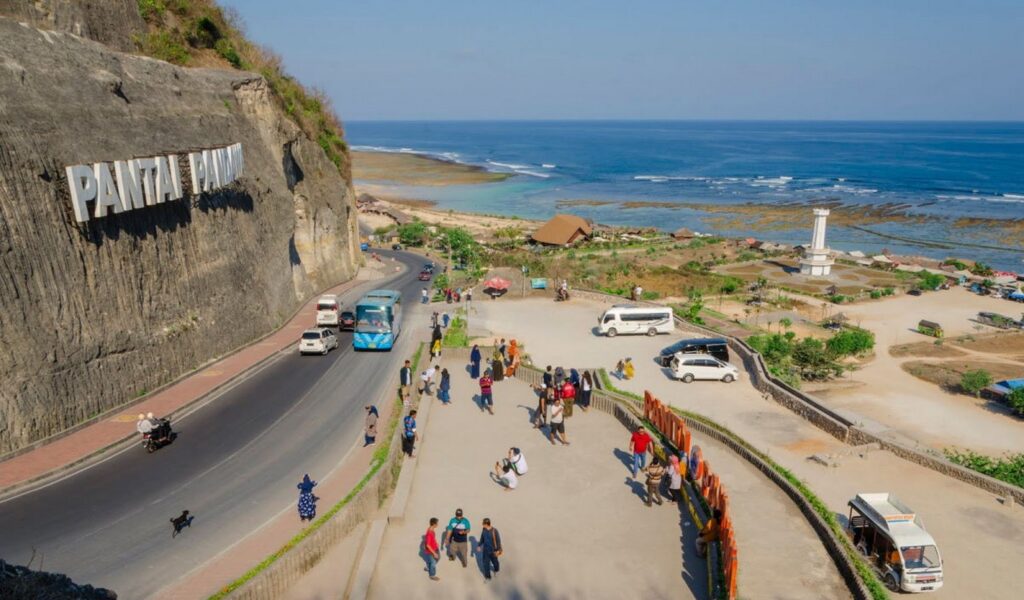
Kedungu and Yeh Ganga beaches on the West Coast get really crowded on weekends, but you will be surprised to see mostly locals vs the beaches in Canggu or Seminyak.
They bring the whole family, some snacks, and sit down on the sand to enjoy the sunset, while the kids play in the water or build sand castles. Both beaches also have simple beachside or cliffside (Pantai Cinta) warungs with cheap beers and food.
In Yeh Ganga, though, you can enjoy amazing views plus grilled lobsters for a fraction of the cost you’d pay in Canggu or Jimbaran.
Pandawa Beach in Uluwatu is, of course, one of the popular beaches, but it is more popular among locals even though it has the same towering limestone cliffs and white sand as Melasti.
Don’t forget your sunscreen and to check the tides before coming if you want to get in the water.
Bias Tugel Beach or one of the very few pristine white-sand beaches on the East Coast. Remote, serene, and with no bars, crowds, or vendors.
3. Beautiful Places To Visit Off The Beaten Path
Explore Bali beyond the attractions listed everywhere, and try to get to more remote areas to experience Bali as it was even just 5 years ago.
Sidemen
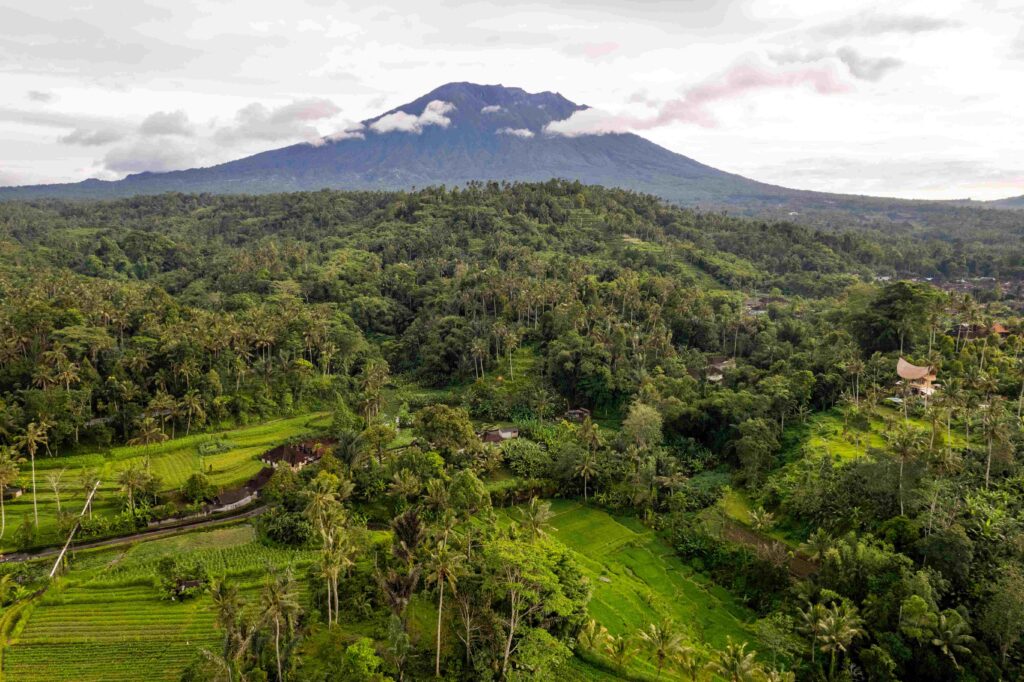
Sidemen is absolutely the best-kept “secret” in Bali. Although tourism here grows rapidly, this village, surrounded by lush valleys with Mount Agung as a backdrop, is perfect for a honeymoon and family staycation.
You can enjoy nature and hidden waterfalls, visit Samsara Living Museum Bali, make silver jewellery or simply indulge in spa and food.
East Bali

Eastern Bali is well-known for scuba diving and snorkelling, but it is also one of the most valuable areas in the history of Bali – here were the last standing kingdoms during Dutch colonial rule, and you can still visit monuments, museums and royal palaces to learn about art, wars, and culture in Bali.
Must-have stops:
- Klunkgkung Palace and Puputan monument
- Keramas Beach for surfing and chill
- Sababay Winery for wine tasting and lunch
- Bias Tugel Beach
- Taman Ujung water palace – an alternative to Trita Gannga with beautiful ocean views, architecture and no crowds.
North Bali

The only Botanical Garden, lakes, hot springs, mountain roads… North Bali is such an underrated destination!
We urge you to hike Mount Batur to see the sunrise, explore temples around the lakes, chase Munduk waterfalls, and, of course, try Kintamani coffee!
North is great for road trips, and you will need a few days to enjoy it fully. On your way back, go along the West Coast to visit the only National Park with unique deer and monkey species!
4. Less-Crowded Rice Fields
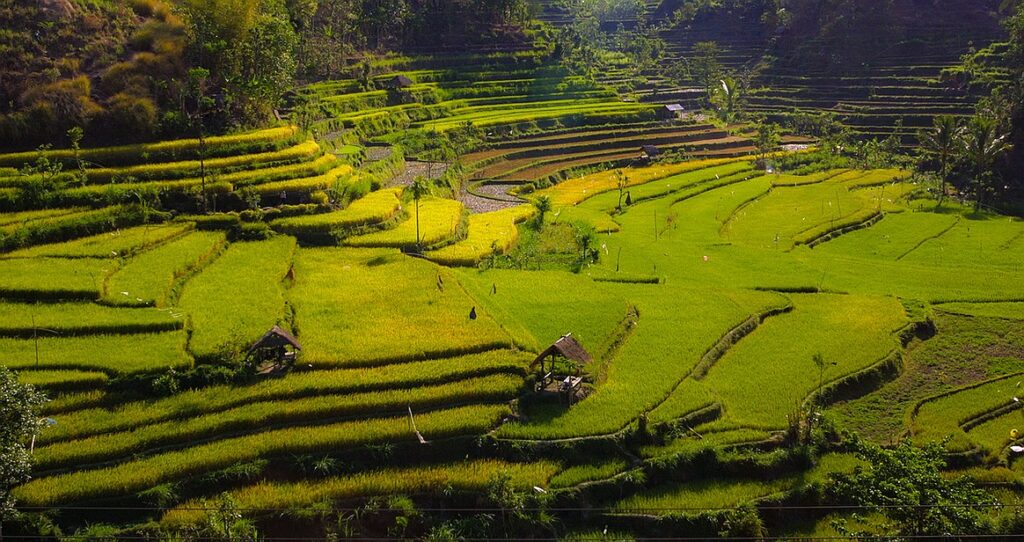
You probably heard of Tegallalang rice terraces, and you may also have heard that they are super touristy. But Bali has so many stunning rice paddies to see beyond these Ubud attractions.
We recommend a day trip to the Berina Rice Terraces in East Bali. Even if you don’t want to go on a walk, you can chill at the cafe with amazing views!
5. Traditional Villages
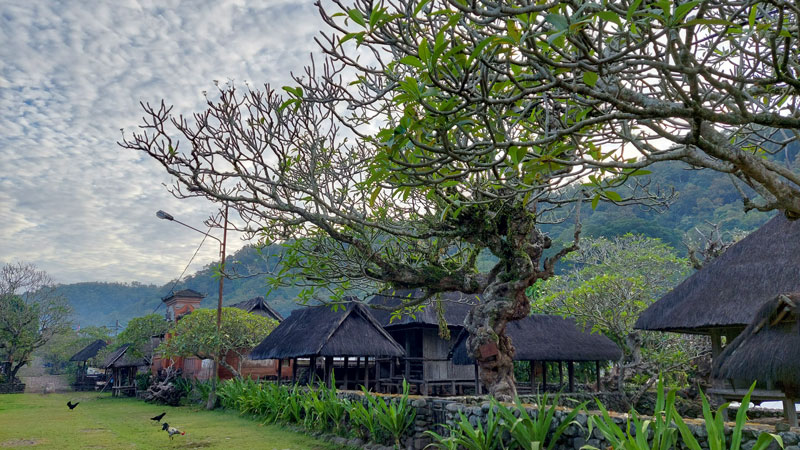
Tihingan village is the origin of the best gamelan music instruments. This music accompanies all ceremonies, and the ensemble includes many men carrying different percussion instruments. At Tihingan, you can witness how they are made.
Celuk village is where all the best silversmiths are in Bali. You can join a workshop to learn how to work with gold or silver, or simply buy some jewellery.
Mas is a small village near Ubud that specialises in wood carving. Again, you can book a workshop to make a little souvenir or buy their art.
Kamasan villagers are the keepers of the traditional Kamasan or Wayang style painting, dating back to the 17th century. You can still find the remnants of this traditional art on the walls of the Klungkung Royal Palace in East Bali, too, but in this village, you can take a peek at the artist studios and buy some art.
Batubulan village maintains the art of stone carving, creating statues for home decor and religious purposes. They also have a traditional dance performance for the Barong Dance.
Tenganan Pegringsingan village gets a bad rep for being touristy, but it is still one of the oldest traditional villages in Bali, where Bali Aga – the indigenous Balinese people live. They have their own rituals and traditions, but also still make unique textiles – Gringsing double ikat with amazing patterns.
Accommodation: Best Places To Stay Like A Local
Best Areas To Stay On Your Bali Trip

Locals rarely live in the centre of popular areas. They simply won’t be able to afford it.
So, areas to check out if you want to live like a local are:
- Babakan and Dalung (closer to Canggu),
- Puri Gading and similar residential areas in Jimbaran,
- Ungasan (close to Uluwatu and Nusa Dua)
- North Bali (Lovina and Singaraja) also has an amazing expat community
- Yeh Gangga (about 35 min west of Canggu), and Gianyar (close to Ubud)
- East Bali, i.e. Candidasa and Amed. These fishing villages are quiet and inexpensive to live in.
There, you can still find an amazing place for under 400USD. It may not include cleaning services, but sometimes it does!
Most simple accommodation options where locals live have just a fan instead of the ACs we are used to. You can think of it as a more eco-conscious accommodation. They also use smaller gas water heaters, and often have limited electricity capacity (not enough for a lot of appliances turned on at the same time).
To secure a better deal, you will be expected to speak a bit of the language, or you can ask a local friend to help you find the place to stay and negotiate it. This way, some of the expats get a yearly leases that cost less than tourists pay for one month of stay.
How To Best Integrate In A Local Area

If you’re staying in a more local residential area, meet your neighbours. Indonesians and Balinese are super friendly, they often gather in front of the house for a smoke…or to sing karaoke. They’d love to spend time with you, too.
Indonesians love sharing food. So if you bring them some food or a little snack, you can be sure they will return the favour, treating you to something they love, like a fritter, a sweet dessert (like klepon made with coconut, pandan, and sugar), or a home-cooked meal.
Once you become closer, you will be invited to ceremonies, and we urge you to accept the invitation! It will be an intimate and very memorable experience. Usually, it will be a ritual for cleansing a newly-built house or shop, a funeral procession, or kids’ birthdays.
Best Hotels & Guesthouses To Stay On A Budget
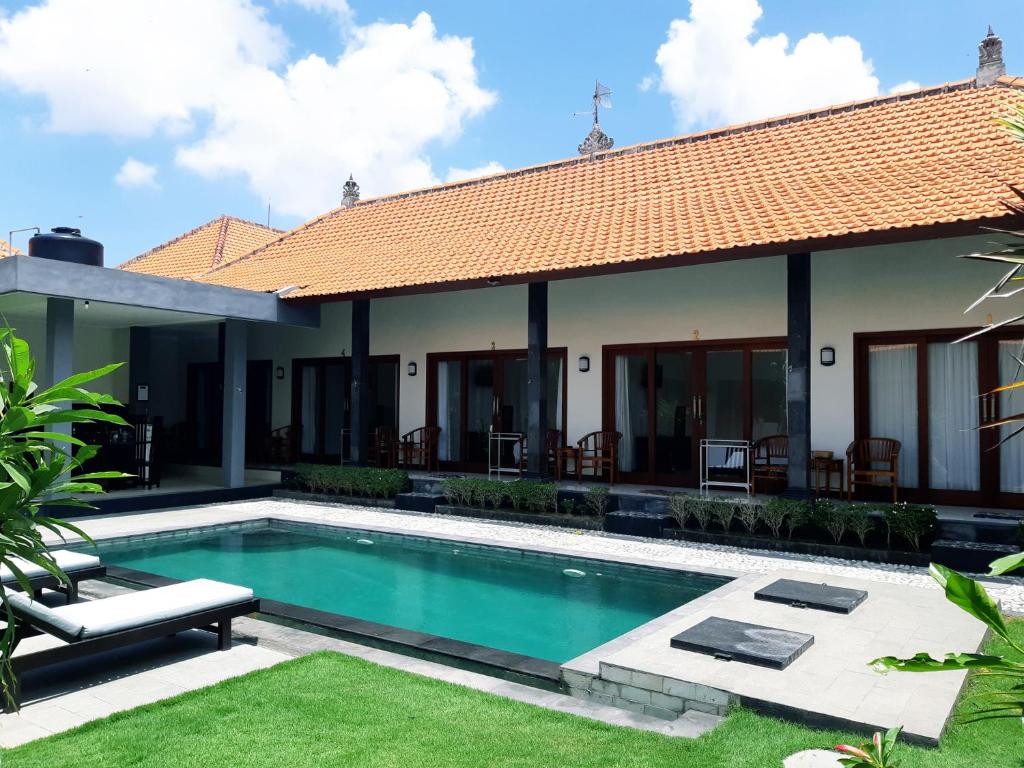
Locals rarely rent villas; they live in Kos, aka kost-kostan, guesthouses and homestays, or with their family in a traditional compound.
Good options are Plawa Bali Guest House (Canggu), Sandat Bali Ubud, Pandawa Beach Home Stay (Ungasan) – all are super affordable and come with basic amenities, and even a pool for under 20 AUD per night.
Digital nomads on a budget can consider hostels and co-living options like Tribal (Pererenan), Bali Bustle (Kuta), or Baliem Co-Living (Uluwatu).
Experience Bali Through Food
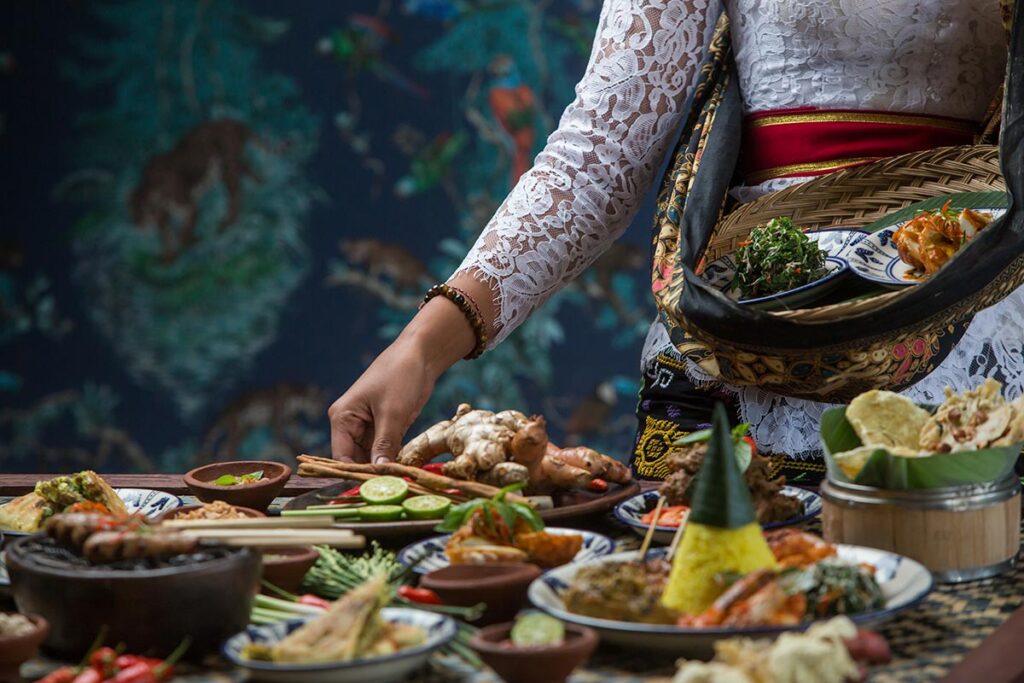
While a floating breakfast at your villa or visiting a fine dining restaurant is a cool activity, and guarantees great photos, it doesn’t give you the real taste of the delicious local food.
There are 5 national dishes you have to try: gado gado salad with peanut sauce, nasi goreng (fried rice), rendang (slow-cooked beef), satay (skewers, usually chicken, but can be goat or beef), and soto ayam (classic chicken soup).
However, you will quickly realise that there is so much more food to try!
1. Find The Best Warungs
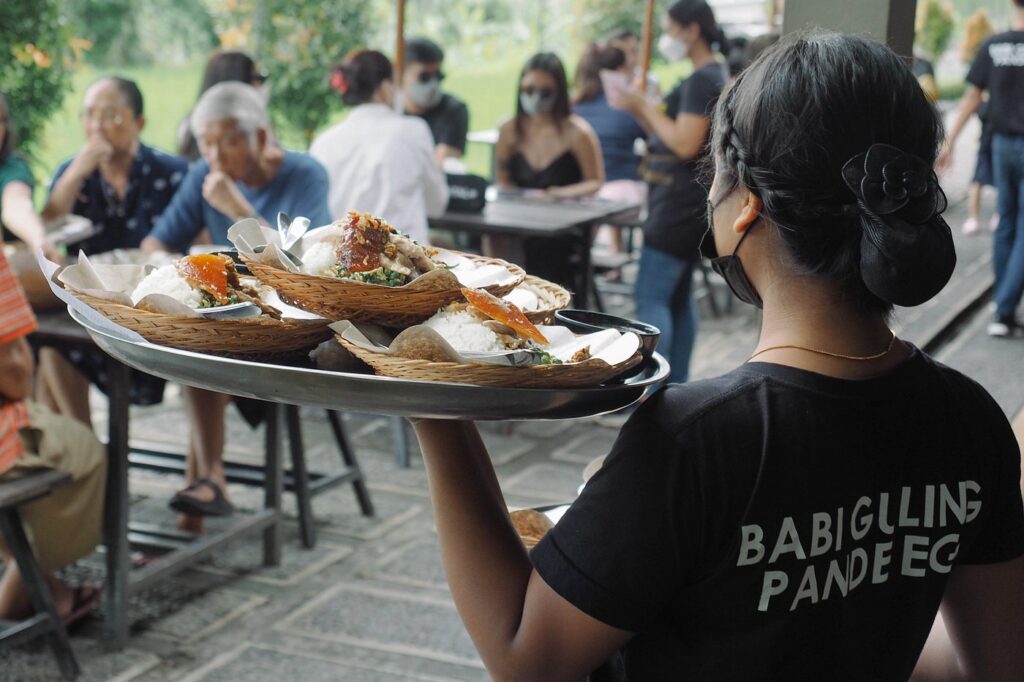
Warungs – family-owned eateries – are the social life centres for locals: they gather, chat, share food, and relax, sometimes with a Bintang.
Locals eat a lot of white rice (nasi) – it is the base for many dishes like nasi goreng (fried rice), nasi campur (mixed rice), and it is also always served with meat.
Our Favourite Warungs In Bali are:
- Warung Babi Guling Pande Egi in Gianyar.
- Warung Sika in Canngu for the best nasi campur.
- Warung Mak Beng in Sanur for the best grilled seafood.
2. Join An Authentic Balinese Cooking Class
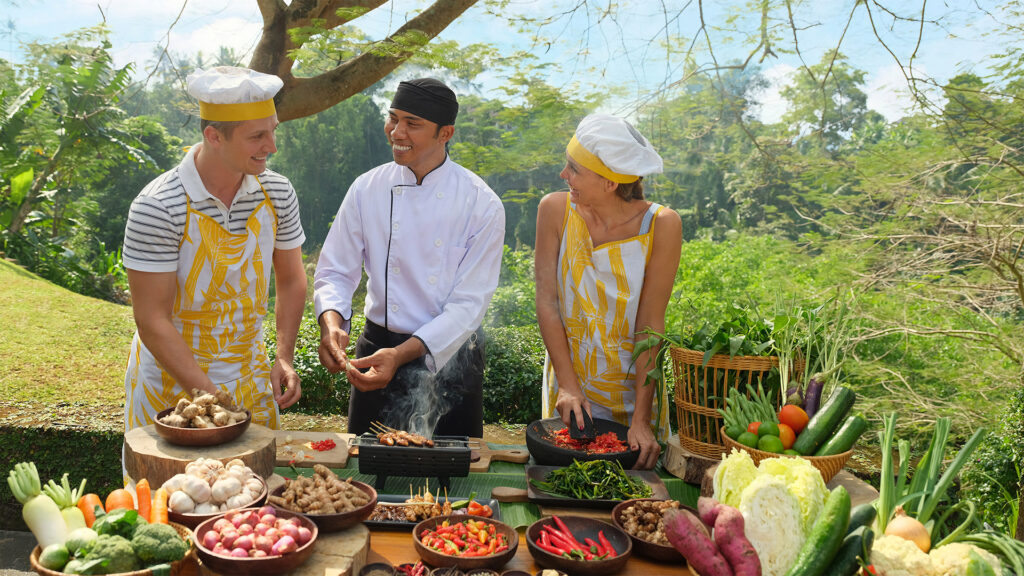
You will find dozens of cooking classes available for booking in Canggu, Ubud, and Eastern Bali, but most of them showcase Indonesian cuisine.
If you want to dive deeper, look for a workshop dedicated to Balinese cuisine. Javanese, Balinese, and cuisines from other islands in Indonesia often have different recipes for the same dish, and also differ in what they can eat (muslim vs Hindu, meaning some can or can’t eat pork).
We highly recommend Paon Bali Cooking Classes, Art Cafe Bumbu Bali, and Bali Asli Restaurant & Cooking School for the most authentic experience. For any, you can easily sign up via their website.
3. Avoid Bali Belly

One major advantage locals have is their stronger stomachs, used to eating street food any time of the day. The Western digestive system is often more sensitive, so it is up to you to be careful with what and how you eat in a tropical country.
Bali Belly is a nicer name for typical traveller’s diarrhea, but the Bali version can be quite rough.
To stay clear, for the first week, try to eat only fully cooked dishes, wash your fruit and veggies with bottled water (if you have an extra sensitive stomach), and carry a hand sanitiser with you.
Buffet-style eateries are very popular, come either early in the day to get it as fresh as possible, or avoid it for the first week in Bali to let your system adjust.
Transport: How To Get Around Bali, Local-style

Most local families don’t have a car, even though it is a big symbol of status for them. You will see that scooters are very popular in Indonesia, in general.
But there are different scooters, too. Many foreigners love to drive more luxurious, bigger bikes like NMax or XMax, while locals rarely have the money to buy those, so they resort to simpler, more reliable bikes like Vario, Scoopy, and older Hondas.
You can still find a motorbike rental with cheaper pricing, especially if you speak a little bit of Bahasa Indonesia. However, it is fair to say that sometimes cheap rentals may skip a few steps…like insurance.
Speak The Language

Speaking of which! It is important to know that even trying to speak Indonesian will earn you a lot of respect and love from the locals…and often a better rate!
And, honestly, the language is relatively easy to pick up, even during your short stay. Ask your driver, host, or vendors a few words to memorise and go through a few lessons on Duolingo or Pimsleur.
But what will impress them even more, and will make you many friends in Bali, is speaking the Balinese language, which is quite different from Indonesian.
For example, as you may know, “terima kasih” is thank you in Indonesian, but if you deal with Balinese Hindus, try replying with Matur Suksema (thank you in Balinese), and see the big smile appear on their faces! It will surely get you to share a cup of Balinese coffee (Bali Kopi) with them.
Shop At The Markets
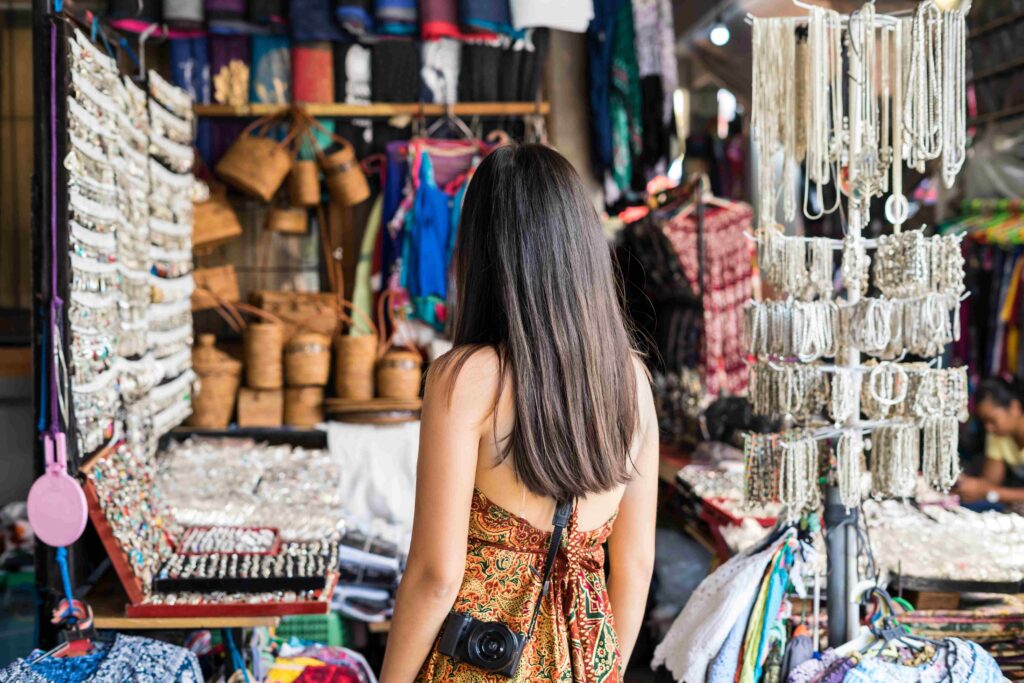
Local markets, aka pasar, are where Balinese people shop for pretty much anything they need. A traditional market usually opens early in the morning.
It is the best place to get fresh ingredients, especially veggies and fruit, but sometimes also spices, fish and some meat, or household items.
Next to markets, you will always see some street food carts selling simple snacks and orange juice or iced tea – indulge in something to get the full experience!
Note that tourist markets selling swimsuits, crafts, and clothing are not really traditional markets; many are just tourist traps selling souvenirs.
Local Markets & Stores To Shop Like A Local
- Tiara Gatsu, Canggu, for things like cleaning supplies and some basic food.
- Pasar Cokroaminoto – a big traditional market in Denpasar to buy fresh produce, fish, and meat. You will also spot offerings and some random things.
- Pasar Kerobokan – a simple market in between Canggu and Seminyak for fresh ingredients, mostly fish, shrimp, fruit, and vegetables.
- Nirmala Supermarkets – there are a few around the island. It is exactly what you expect from a supermarket, but things are very affordable.
- Sukawati Art Market – this market will have lots of souvenirs, clothing, canvas art, trinkets, and they will be very affordable. Plus, the village itself is amazing and known for
- Family shops in front of the houses in smaller villages. Here you can often buy eggs, leafy greens or veggies the family grows in the garden, papaya, and some stalls sell all the items for offerings.
- Look for Pasar Seni in the area you’re staying. Those are night markets, and they are usually all about street food.
Final Thoughts On Bali Local Guide
Bali is a beautiful island, and to truly enjoy Bali like a local, you should step away from tourist crowds and embrace its food, culture, and traditions — it will feel like a whole new world!










